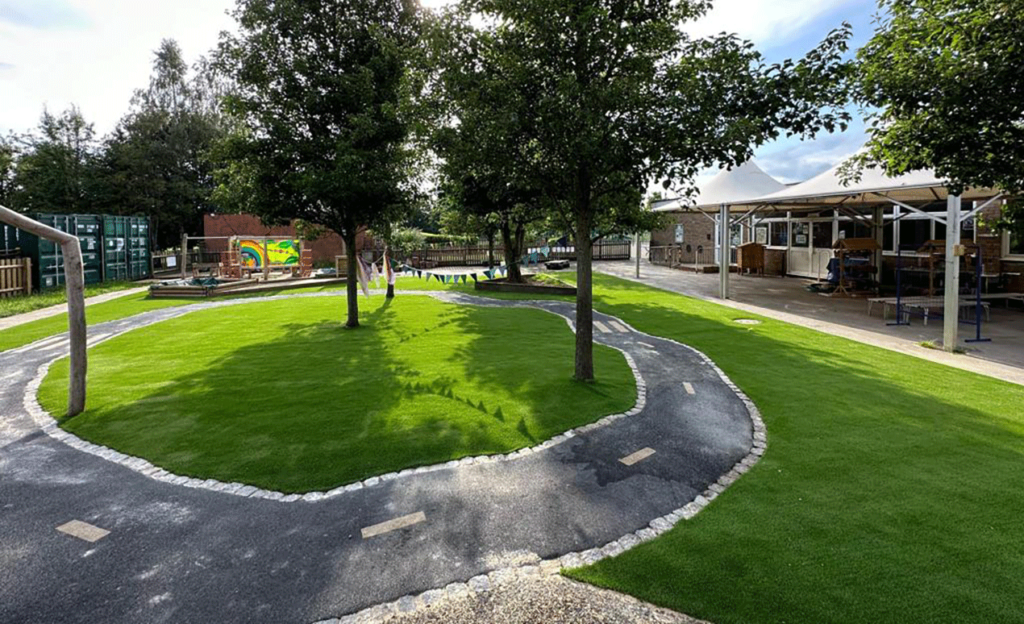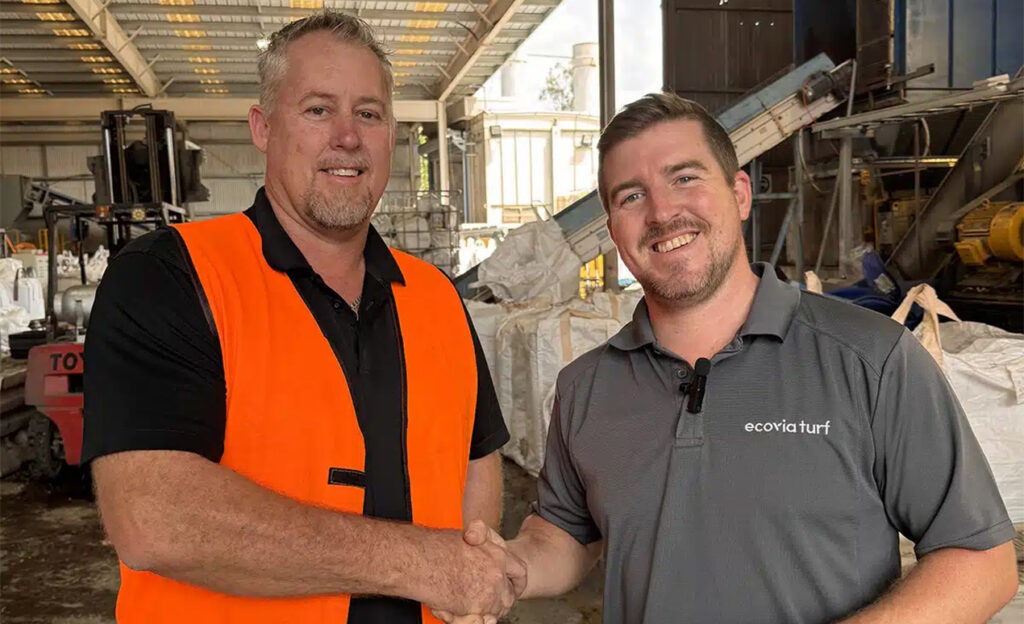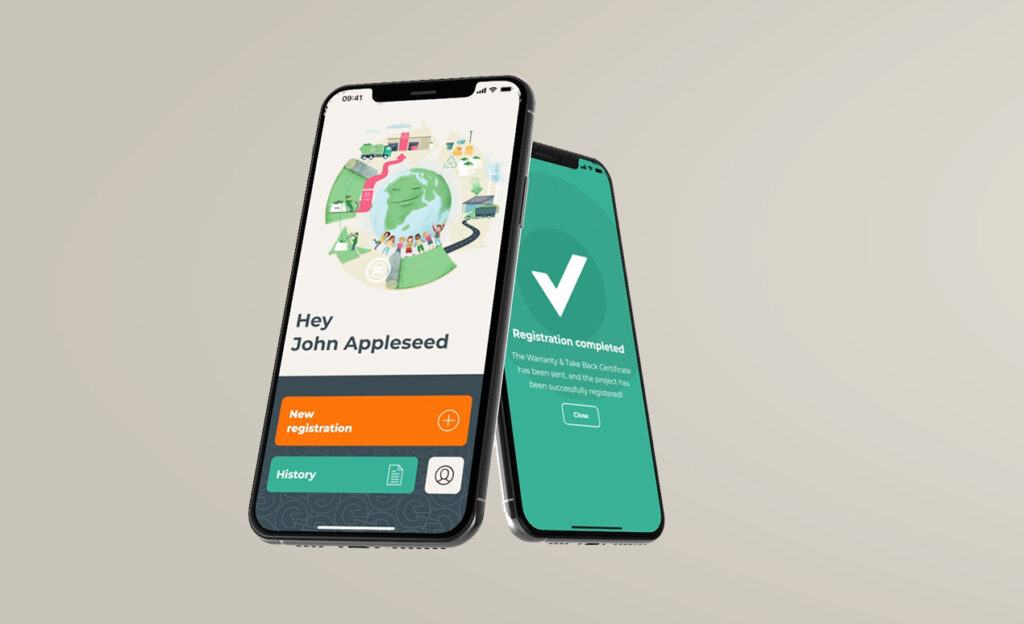The next step in sustainability is the introduction of the Product Environmental Footprint (PEF) method in the artificial grass industry. Like an Environmental Product Declaration (EPD), PEF is based on a Life Cycle Assessment (LCA). This method allows for more accurate and transparent measurement and communication of the environmental impact of products, such as artificial grass. This is an important development for manufacturers, the industry as a whole, and for consumers who are increasingly aware of their ecological footprint.
What is PEF?
The Product Environmental Footprint (PEF) method offers a standardized approach to measuring the environmental impact of products across their entire life cycle, from raw material extraction to waste processing. PEF helps companies reduce the environmental impact of their products and enables consistent and comparable reporting of this impact. This system was developed by the European Commission, and its verification is as reliable as that of an EPD. While EPD verification is conducted on a per-country basis and subsequently documented in a central platform, PEF verification will soon apply across the entire EU.
An essential component of PEF is the development of Product Environmental Footprint Category Rules (PEFCR). These rules specify how the environmental impact for specific product groups, such as artificial grass, should be calculated. Currently, PEFCRs are being developed for various industries, including batteries, paints, clothing, footwear, and fisheries. Artificial grass has now been added to this list, which is an important step in the further sustainability of the sector.
Microplastics: The New Category Rule for Artificial Grass
Microplastics are tiny plastic particles that can enter the environment during the use and maintenance of artificial grass. These particles pose a growing environmental problem, particularly because they end up in waterways and contribute to the pollution of ecosystems. With the new Product Environmental Footprint (PEF) Category Rule for artificial grass, it will be possible to measure the impact of microplastics in detail and take targeted measures.
For artificial grass manufacturers, this presents an opportunity to further improve their products. The goal is to develop artificial grass that is not only sustainable in terms of recyclability and CO2 emissions but also in reducing microplastic emissions.
Progress in Sustainability
The EPD (Environmental Product Declaration) for products like ONE-DNA™ is already an important step toward sustainability. These declarations provide a transparent view of the environmental impact of these products throughout their entire life cycle. With the expansion to Product Environmental Footprint (PEF) and the focus on microplastics, the artificial grass industry can now take the next step toward a more sustainable future. Innovation and research remain essential to ensure that artificial grass products meet the strictest environmental standards and contribute to a lower ecological footprint.
Conclusion
The introduction of Product Environmental Footprint (PEF) and the specific focus on microplastics within the artificial grass industry is a significant step forward. It offers new possibilities to accurately measure and reduce the environmental impact of artificial grass. This progress will not only contribute to a more sustainable industry but also to a cleaner and safer environment.
































